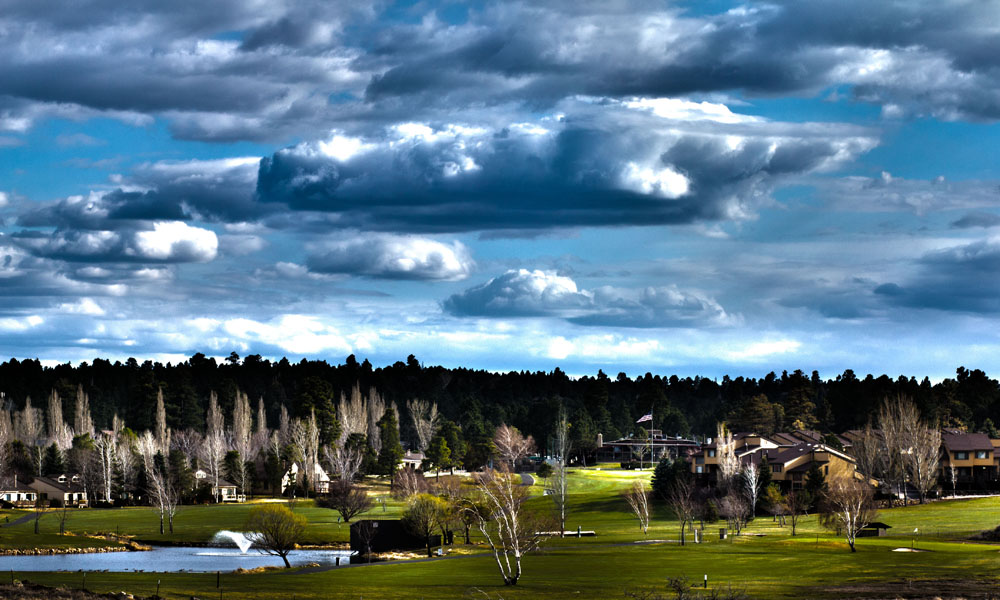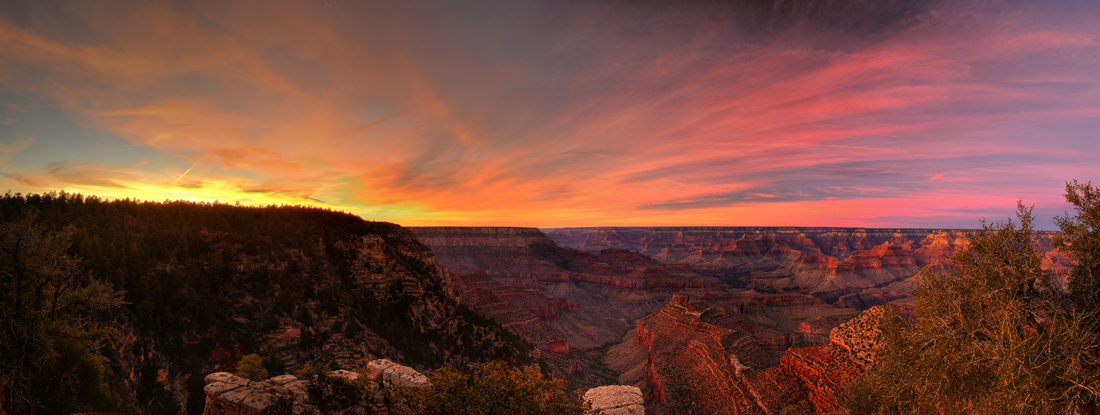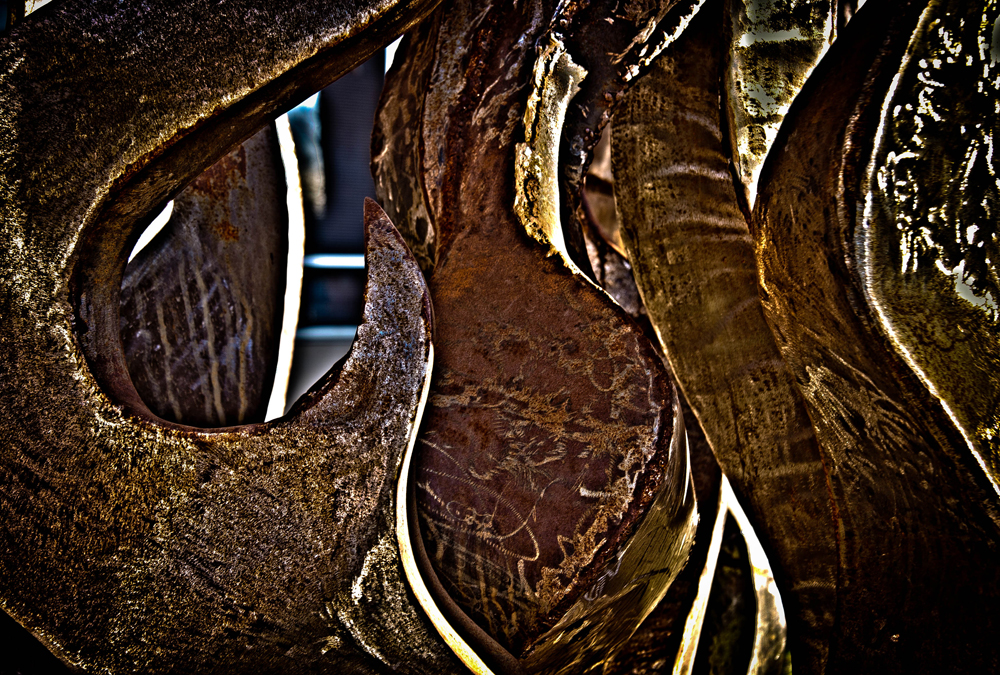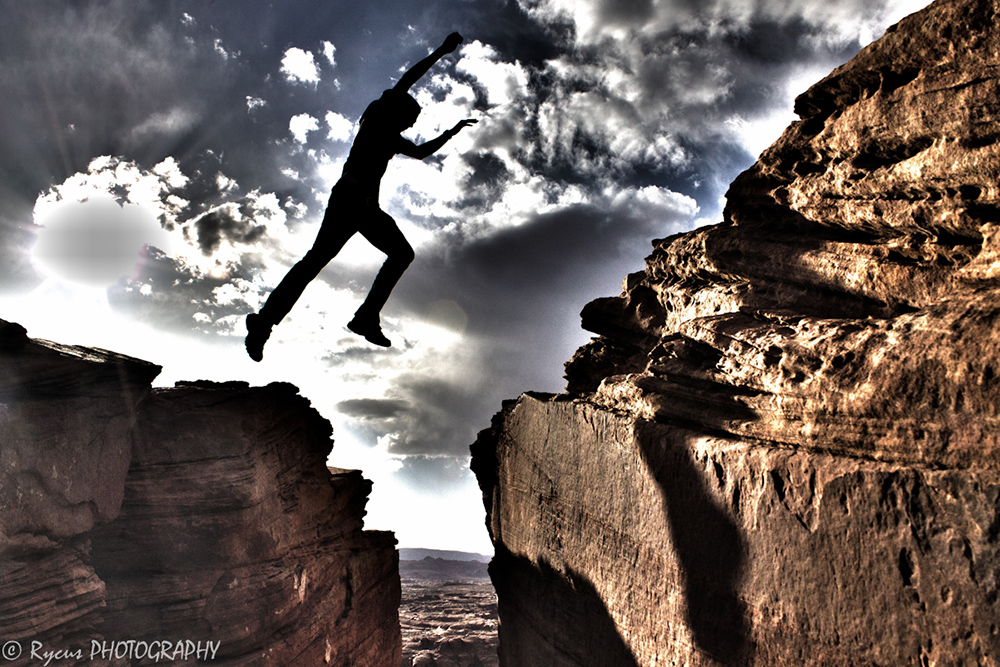
Photograph copyright Amanda Ray
Since last August I just moved to Flagstaff, AZ and I experienced many seasons so far here. When winter started to deplete and spring started to arrive I began to enjoy the warmth and blue skies that are full of big clouds. Currently I work for Northern Arizona University’s (NAU) newspaper, the Lumberjack, and one afternoon I took pictures for the women’s tennis team for their game against Idaho State University and I couldn’t help but appreciate the clouds this day. So as I was leaving the match with my sports editor, who was writing the story about the tennis match, he took a wrong turn down the road. Yet I told him and myself this must be fate because I was blown away by the magnificent view of the sky and the suburbs down below. I immediately told my sports editor to pull over on the side of the road so I could try and capture an image for myself.
Recently in my Introduction to Digital Photo Workflow class we are learning new ways to edit our photos. I have become fascinated with High-dynamic range (HDR) imaging. When I noticed the clouds that afternoon I couldn’t help but think this is perfect for a HDR photo, this way I could capture every detail to create one photo. The camera I used was a Canon 60D and one of the features this camera has is the exposure compensation meter where I moved the meter two stops down and two stops up, thus giving me three images; a very dark image, a very bright image and a properly exposed image.
As soon as I started my edit I was excited to see all of these images come together. When I saw the results I was incredibly happy with the outcome, the clouds were highlighted with dark undertones and the detail in the trees and houses were brightened up to still give great detail. Once I combined the photos together I wanted to pick a setting in Photoshop called, surrealistic, that helped me give even more detail and highlights over the image. Once I chose the surrealistic setting I only had one thing in the image that was distracting me and it was a power cord running across the middle lapping over trees and some of the houses. The power cord was such a distraction from the image I decided to take it out through Photoshop. I clone stamped over the power cord and removed it from the image.
From this experience I learned to always go with my gut. I took this photo because I was admiring the clouds and the weather all day and I knew I had to capture an image that day.
Technical Info: Canon 60D, 85mm fixed, ISO 200, Using exposure compensation f/4.5 and f/8 @ 1/125, 1/500, and 1/2000 of a second for the three images, HDR processing.
About the Photographer:
My name is Amanda Ray and I am a student as Northern Arizona University. My major is photography with a minor in photojournalism and I am a staff photographer for NAU’s newspaper, the Lumberjack. I have been taking photos for five years and this past year I have been in favor of candid photos. Working for the Lumberjack has helped me appreciate candid images. I prefer to take images of people they are my biggest inspiration; I love interaction and emotion through body language. As an artist my goal in life is to gear towards newspaper work, documentaries work and any other candid photography.
To read more about the Northern Arizona University “Behind the Image: Guest Blogger” project on our blog, please read the introduction on our April 15 post at youcansleepwhenyouredead.com/wordpress/introducing-the-nau-photography-students-behind-the-image-guest-blogger-project.



